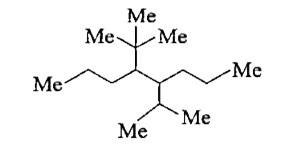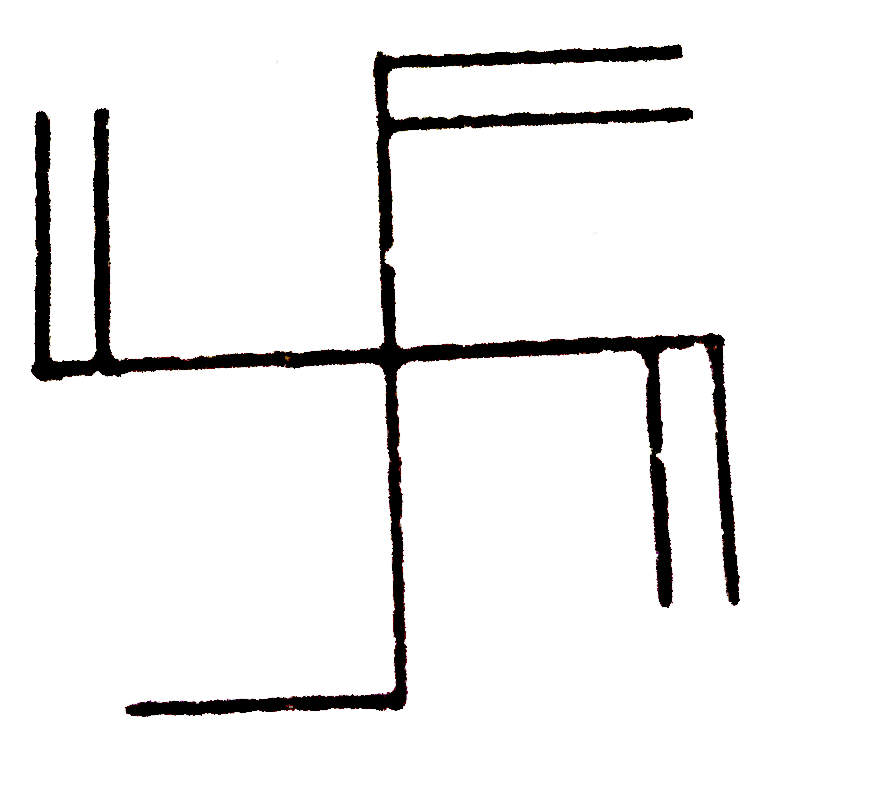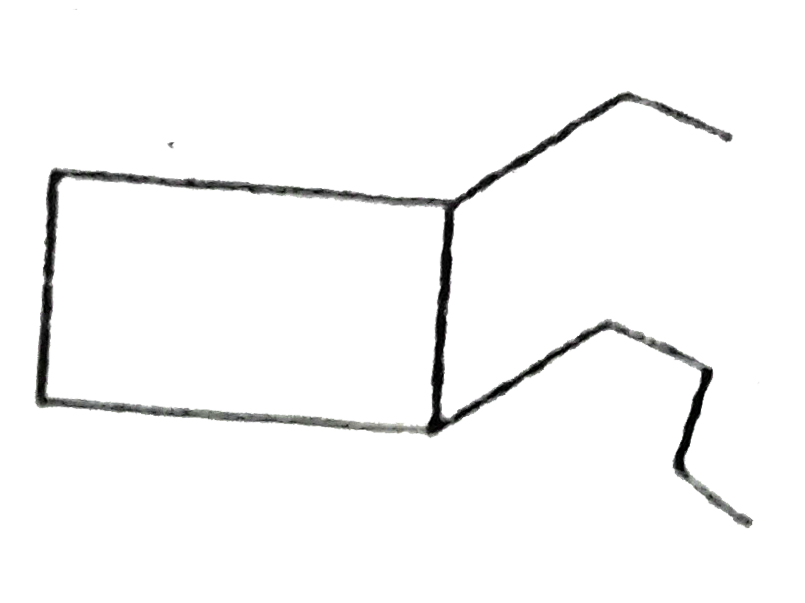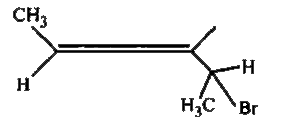What is homologous series ? Give its important characteristics. Write the first four homologues of alcohols and give their IUPAC names.
Step-by-Step Solution:
Step 1: Definition of Homologous Series
A homologous series is a group of organic compounds that have the same functional group and similar chemical properties but differ by a constant unit, typically a -CH2- group. Each successive member of the series has one more carbon atom than the previous member.
Step 2: Important Characteristics of Homologous Series
1. Same Functional Group: All members of a homologous series contain the same functional group, which gives them similar chemical properties.
2. Gradation in Physical Properties: As the number of carbon atoms increases, the physical properties such as boiling point, melting point, and solubility change in a predictable manner.
3. Differing by -CH2- Unit: Each successive member differs from the previous one by a -CH2- group, which corresponds to an increase of 14 in molecular mass.
4. Similar Chemical Properties: Members of the same homologous series exhibit similar chemical reactions due to the presence of the same functional group.
5. Trend in Physical Properties: Generally, as the molecular weight increases, the boiling and melting points also increase.
Step 3: First Four Homologues of Alcohols
The first four members of the alcohol homologous series are:
1. Methanol (1 carbon atom)
- IUPAC Name: Methanol (Chemical formula: CH3OH)
2. Ethanol (2 carbon atoms)
- IUPAC Name: Ethanol (Chemical formula: C2H5OH)
3. Propan-1-ol (3 carbon atoms)
- IUPAC Name: Propan-1-ol (Chemical formula: C3H7OH)
4. Butan-1-ol (4 carbon atoms)
- IUPAC Name: Butan-1-ol (Chemical formula: C4H9OH)
A homologous series is a group of organic compounds that have the same functional group and similar chemical properties but differ by a constant unit, typically a -CH2- group. Each successive member of the series has one more carbon atom than the previous member.
1. Same Functional Group: All members of a homologous series contain the same functional group, which gives them similar chemical properties.
2. Gradation in Physical Properties: As the number of carbon atoms increases, the physical properties such as boiling point, melting point, and solubility change in a predictable manner.
3. Differing by -CH2- Unit: Each successive member differs from the previous one by a -CH2- group, which corresponds to an increase of 14 in molecular mass.
4. Similar Chemical Properties: Members of the same homologous series exhibit similar chemical reactions due to the presence of the same functional group.
5. Trend in Physical Properties: Generally, as the molecular weight increases, the boiling and melting points also increase.
The first four members of the alcohol homologous series are:
1. Methanol (1 carbon atom)
- IUPAC Name: Methanol (Chemical formula: CH3OH)
2. Ethanol (2 carbon atoms)
- IUPAC Name: Ethanol (Chemical formula: C2H5OH)
3. Propan-1-ol (3 carbon atoms)
- IUPAC Name: Propan-1-ol (Chemical formula: C3H7OH)
4. Butan-1-ol (4 carbon atoms)
- IUPAC Name: Butan-1-ol (Chemical formula: C4H9OH)
Topper's Solved these Questions
- ORGANIC CHEMISTRY-SOME BASIC PRINCIPLES TECHNIQUESBOOK - PRADEEPCHAPTER - ORGANIC CHEMISTRY-SOME BASIC PRINCIPLES TECHNIQUESEXERCISE - Additional Questions (Long Answer Type Questions)
10 Videos
- ORGANIC CHEMISTRY-SOME BASIC PRINCIPLES TECHNIQUESBOOK - PRADEEPCHAPTER - ORGANIC CHEMISTRY-SOME BASIC PRINCIPLES TECHNIQUESEXERCISE - Analytical Questions and Problems with Answers/Solutions (Questions)
16 Videos
- ORGANIC CHEMISTRY-SOME BASIC PRINCIPLES TECHNIQUESBOOK - PRADEEPCHAPTER - ORGANIC CHEMISTRY-SOME BASIC PRINCIPLES TECHNIQUESEXERCISE - Additional Questions (Very short Answer Questions)
41 Videos
- HYDROGEN BOOK - PRADEEPCHAPTER - HYDROGEN EXERCISE - COMPETITION FOCUS (Assertion-Reason Type Questions) Type 2
15 Videos
- P-BLOCK ELEMENTS (NITROGEN FAMILY)BOOK - PRADEEPCHAPTER - P-BLOCK ELEMENTS (NITROGEN FAMILY)EXERCISE - Competition focus jee(main and advanced)/ medical entrance special) (VIII. Assertion-Reason Type Questions)
10 Videos
Similar Questions
Knowledge Check
Give the IUPAC name of
 A2,2-Dimethyl-3-propyl-4-isopropyl heptaneB4-Isopropyl-5-t-butyl octaneC4-t-Butyl-5-isopropyl octaneD2-Methyl-3-propyl-4-isopropyl heptane
A2,2-Dimethyl-3-propyl-4-isopropyl heptaneB4-Isopropyl-5-t-butyl octaneC4-t-Butyl-5-isopropyl octaneD2-Methyl-3-propyl-4-isopropyl heptaneGive the IUPAC name of
 A4-isopropyl -5-ter. ButyloctaneB4-ter. butyl-t-isopropyloctaneC2-methyl-3-propyl-4-ter. ButylheptaneD4-[1,1-dimethylethyl]-5[1-methylethyl] octane
A4-isopropyl -5-ter. ButyloctaneB4-ter. butyl-t-isopropyloctaneC2-methyl-3-propyl-4-ter. ButylheptaneD4-[1,1-dimethylethyl]-5[1-methylethyl] octaneGive IUPAC name
 A3,3-Diethenyl pent 1-eneB3,3-Diethenyl pent-4 -eneC3-Ethenyl-3-ethyle penta-1,4-dieneD3,3,3 Triethenyl propane
A3,3-Diethenyl pent 1-eneB3,3-Diethenyl pent-4 -eneC3-Ethenyl-3-ethyle penta-1,4-dieneD3,3,3 Triethenyl propane





